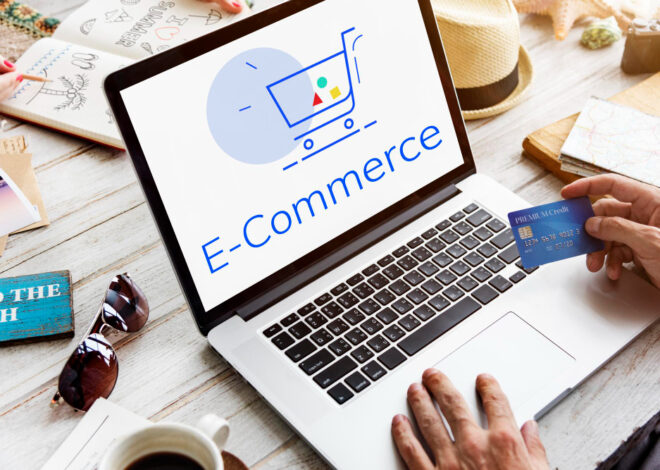
Online Shopping: Convenience, Choice, and Connectivity
You want to know what is an online shop? Online shopping has undergone a remarkable evolution over the past few decades, revolutionizing the way consumers shop and businesses operate. From its humble beginnings as a novel concept to its current status as a dominant force in retail, e-commerce has reshaped consumer behavior, transformed retail trends, and connected buyers and sellers across the globe. In this blog post, we’ll explore the evolution of online shopping and the key factors driving its widespread adoption.
Convenience at Your Fingertips
Perhaps the most significant allure of online shopping is its unparalleled convenience. With just a few clicks or taps, consumers can browse a vast array of products and services from the comfort of their homes or while on the go. Gone are the days of battling traffic, navigating crowded stores, and waiting in long checkout lines. Also, online shopping allows consumers to shop at their own pace, at any time of day or night, making it the ultimate convenience in today’s fast-paced world.
Endless Choice and Variety
The digital marketplace offers an abundance of choice and variety that traditional brick-and-mortar stores simply cannot match. From mainstream brands to niche retailers, e-commerce platforms showcase an extensive selection of products spanning every imaginable category and price point. Whether searching for everyday essentials, specialty items, or hard-to-find treasures, consumers have access to an endless array of options at their fingertips, enabling them to find precisely what they’re looking for with ease.
Seamless Connectivity and Accessibility
Online shopping transcends geographical boundaries, connecting buyers and sellers from around the world with unprecedented ease and accessibility. Through e-commerce platforms and marketplaces, businesses can reach customers in distant markets, opening up new opportunities for growth and expansion. Similarly, consumers can access products and services from global brands and retailers, regardless of their location, fostering a sense of connectivity and access to diverse cultural experiences.

Personalization and Tailored Experiences
E-commerce platforms leverage advanced technologies such as data analytics and artificial intelligence to deliver personalized shopping experiences tailored to each individual consumer. By analyzing browsing behavior, purchase history, and demographic information, online retailers can offer product recommendations, promotions, and discounts that resonate with the unique preferences and interests of each customer. This level of personalization enhances customer satisfaction and loyalty, driving repeat purchases and long-term relationships.
Enhanced Security and Trust
In recent years, e-commerce platforms have made significant strides in enhancing security measures and building trust among consumers. Robust encryption technologies, secure payment gateways, and stringent data protection protocols help safeguard sensitive information and prevent unauthorized access to customer data. Additionally, trusted certification programs and customer reviews provide reassurance to shoppers, instilling confidence in their online shopping experiences and fostering trust in e-commerce brands and retailers.
Mobile Shopping Revolution
The proliferation of smartphones and mobile devices has fueled a mobile shopping revolution, enabling consumers to shop on the go with unprecedented ease and convenience. Mobile-optimized websites and dedicated shopping apps offer a seamless and intuitive shopping experience, allowing users to browse, compare prices, and make purchases with just a few taps of their fingertips. Whether commuting to work, waiting in line, or relaxing at home, consumers can access their favorite online stores anytime, anywhere, making mobile shopping an integral part of the online shopping landscape.
Social Commerce and Influencer Marketing
The rise of social commerce has blurred the lines between social media and online shopping, creating new opportunities for brands to engage with consumers and drive sales. Social media platforms such as Instagram, Facebook, and Pinterest have introduced shopping features that allow users to discover and purchase products directly from their feeds. Additionally, influencer marketing has emerged as a powerful tool for brands to promote their products and reach new audiences through trusted social media personalities and content creators.
Conclusion
Therefore, the evolution of online shopping has transformed the retail landscape, offering consumers unparalleled convenience, choice, and connectivity in today’s digital age. Also e-commerce continues to evolve and innovate, it will undoubtedly shape the future of retail, driving new opportunities for businesses and redefining the way consumers shop and interact with brands. Moreover, by embracing the convenience, choice, and connectivity offered by online shopping, consumers can enjoy a seamless and personalized shopping experience that meets their evolving needs and preferences.



